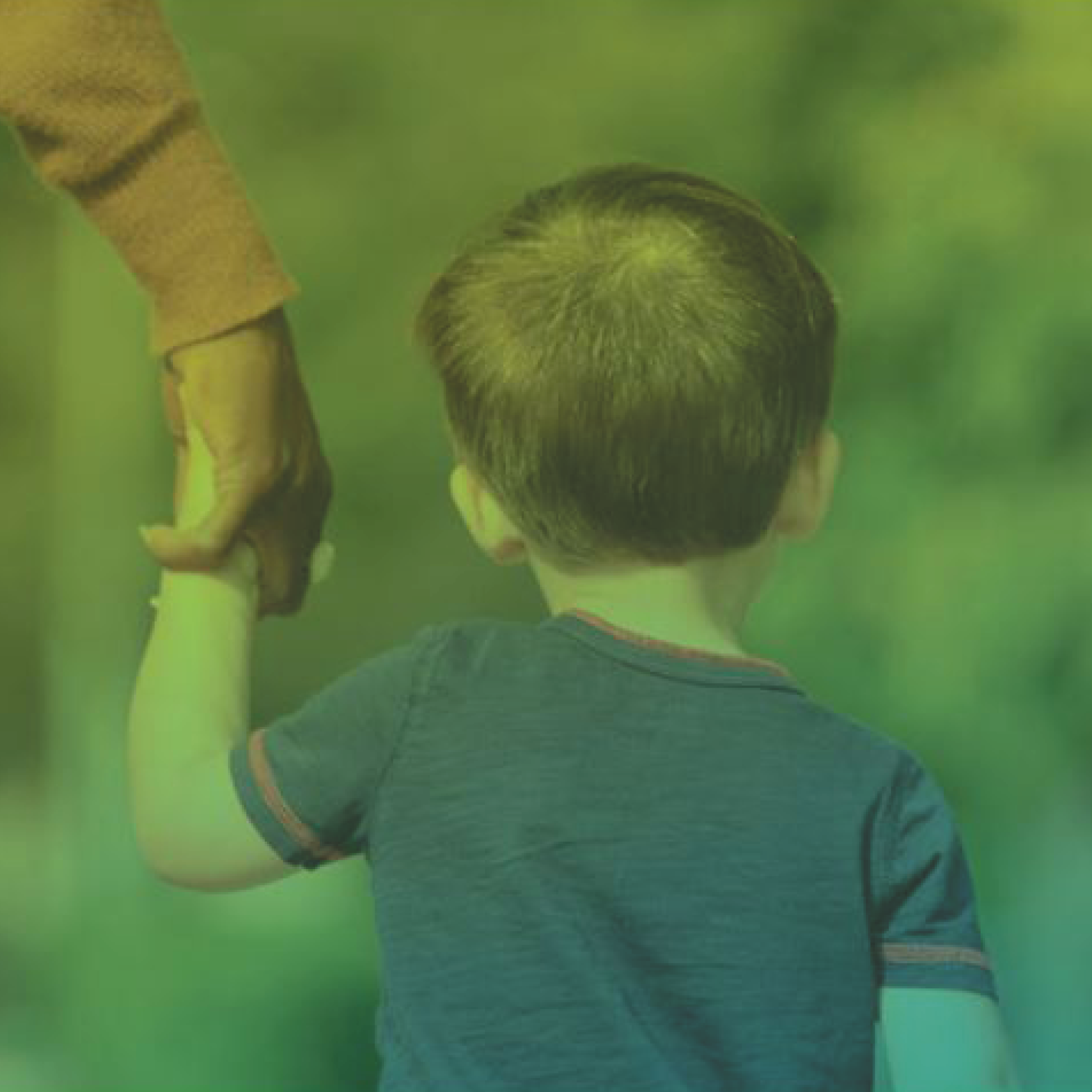Applied behavior analysis (ABA) is such a broad ASD therapy approach making it difficult to define what a typical program will look like. The amount of therapy and level of parent involvement varies, often according to the specific needs of the child.
ABA skills training programs and techniques can require several hours each day. While skills training programs are usually implemented by behavior therapists or teachers, parents are often taught critical skills to help their children transfer what they have learned in therapy to everyday life, especially at home.
ABA skills training programs for young children are often based in the home and require special materials and a dedicated area for working. ABA behavior modification therapy may include 1-2 hours of parent training per week with the parents using strategies they learn in between visits. An ABA therapist may also consult with teachers to help support positive behaviors in the classroom.
Strong ABA Therapy Programs
Strong ABA programs will all be different, as they should be tailored to the individual needs of each client. That said, all strong programs will also have some similarities on a general level.
Supervision
The program should be designed and monitored by a Board Certified Behavior Analyst (BCBA) or someone with similar credentials. Supervisors should have extensive experience working with children with autism.
Training
All participants should be fully trained, with supervisors providing support, monitoring, and ongoing training for the duration of the program.
Programming
The program should be created after a detailed assessment has been conducted and tailored to the child’s specific deficits and skills. Family and learner preferences should be given consideration in determining treatment goals. Generalization tasks should be built into the program to ensure the performance of skills in multiple environments.
Functional Programming
The goals selected should be beneficial and functional to the individual and increase or enhance his/her quality of life. A mix of behavior analytic therapies should be used so that the child has an opportunity to learn in different ways.
Data Collection
Data on skill acquisition and behavior reduction should be recorded and analyzed regularly. This data should be reviewed by the supervisor and used to measure the progress of the individual and provide information for program planning.
Family Training
Family members should be trained in order to teach and reinforce skills. They should be involved in both the planning and review process.
Who Provides the Actual ABA Services?
The top certification board for an ABA therapist is a Board Certified Behavior Analyst (BCBA) and comes from the Behavior Analyst Certification Board. Further certification can be issued in the form of a BCBA-D, indicating the therapist has a doctoral degree. Another license is the BCABA, which means having an ABA education at the level of a bachelor’s degree.
Some ABA therapists may indicate they have several years of experience but are not BCBAs. Individuals in this position should not be providing services unsupervised. Only board-certified BCBAs should be overseeing programs and implementing therapy methods.
ABA Therapy from IABA Consultants
If you have questions regarding autism treatment, education, or plans using ABA therapy, we are here for you! Our goal is to make sure no family is turned away due to financial constraints. Our therapy team would love to talk to you. Find the location closest to you and give us a call. We’re here for you.
Sources
Autism Speaks


